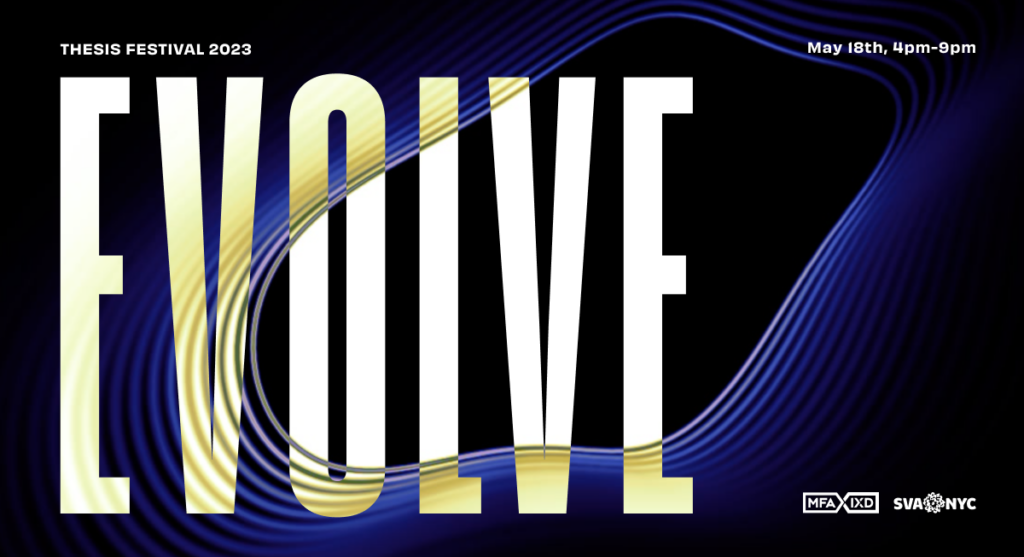
Khoi Vinh, who will be teaching the course on “Designing the Conversation” beginning next week, interviews Armin Vit, co-author for the recently released book Graphic Design, Referenced. Their enlightening conversation weighs print against the emergence of interactive media, the role of the author as curator, and what this book adds to the survey of Graphic Design history and contemporary landscape. Below is an excerpt.
Khoi Vinh: This is an ambitious book—almost 400 pages and over 2,500 images surveying more or less all of graphic design. Why did you feel that you wanted or needed to tackle something of this scale?
Armin Vit: To be honest, we didn’t feel this was something we were dying to tackle. It was a case of blissful ignorance. Rockport Publishers approached us with the idea of an ambitious book but neither they nor we really grasped the extent the book could reach. The book started relatively simple, but the more we started to fill in the blanks of things we thought needed to be covered the more blanks we created that needed to be filled. It was only after two or three months of just focusing on the outline of the book that we realized how ambitious the book really was and how hard we were going to have to push ourselves to get it done. Luckily, we “only” had 400 pages to fill, otherwise we would still be working on it.
KV: Without getting into whether design for interactive media is as aesthetically accomplished as design for print media, I think it’s worth asking: is any contemporary history of graphic design really complete unless it documents how design is practiced online? After all, the Web and digital media of all kinds are profoundly changing the way people think about graphics, typography, layout, information delivery, communication—they’re changing the very meaning of the word design, even if the work doesn’t superficially measure up to the standards of the print design canon. Shouldn’t such a book as “Graphic Design, Referenced” account for that?
AV: Yes, definitely. It would have been a great opportunity. We just didn’t feel confident (or, more importantly, comfortable) in making any assertions about which Web work should enter the proverbial canon. Part of it was the overwhelming nature of the book so we had to pick our battles and at that moment, because of important and unanswered questions like whether interactive media is as aesthetically accomplished as print, we chose other battles. Perhaps in a second edition, where we have a thousand less things to gather, we can take a good look at this.
KV: Of all that knowledge now lodged in your brains, what’s the most unexpected, surprising or just plain fun bit that you learned while researching the book?
AV: That there is an arrow in the FedEx logo! Kidding. There wasn’t anything particularly groundbreaking, it was more a number of things that caught my attention: Tiffany & Co.’s blue is PMS 1837 which, if you know your PMS’s, is in the red range, so the number relates to the year it Tiffany was founded; legendary designers like Ladislav Sutnar and W.A. Dwiggins were into puppetry; Otl Aicher died in a car accident while crossing from one side of his property to the other; Campbell’s soups’ red and white color combo comes from an executive who liked the way Cornell’s football uniforms looked; Rick Valicenti worked at a steel mill, hard hat and all. There is not much use to this information. It won’t gain us clients and I won’t be cooler for it (maybe even dorkier than I already am) but the sense is that this information is empowering, it gives you insight into what makes great designers relevant and great designs memorable. If others can benefit from this knowledge in this way or another, we’ve done our job. All 400 pages worth.


